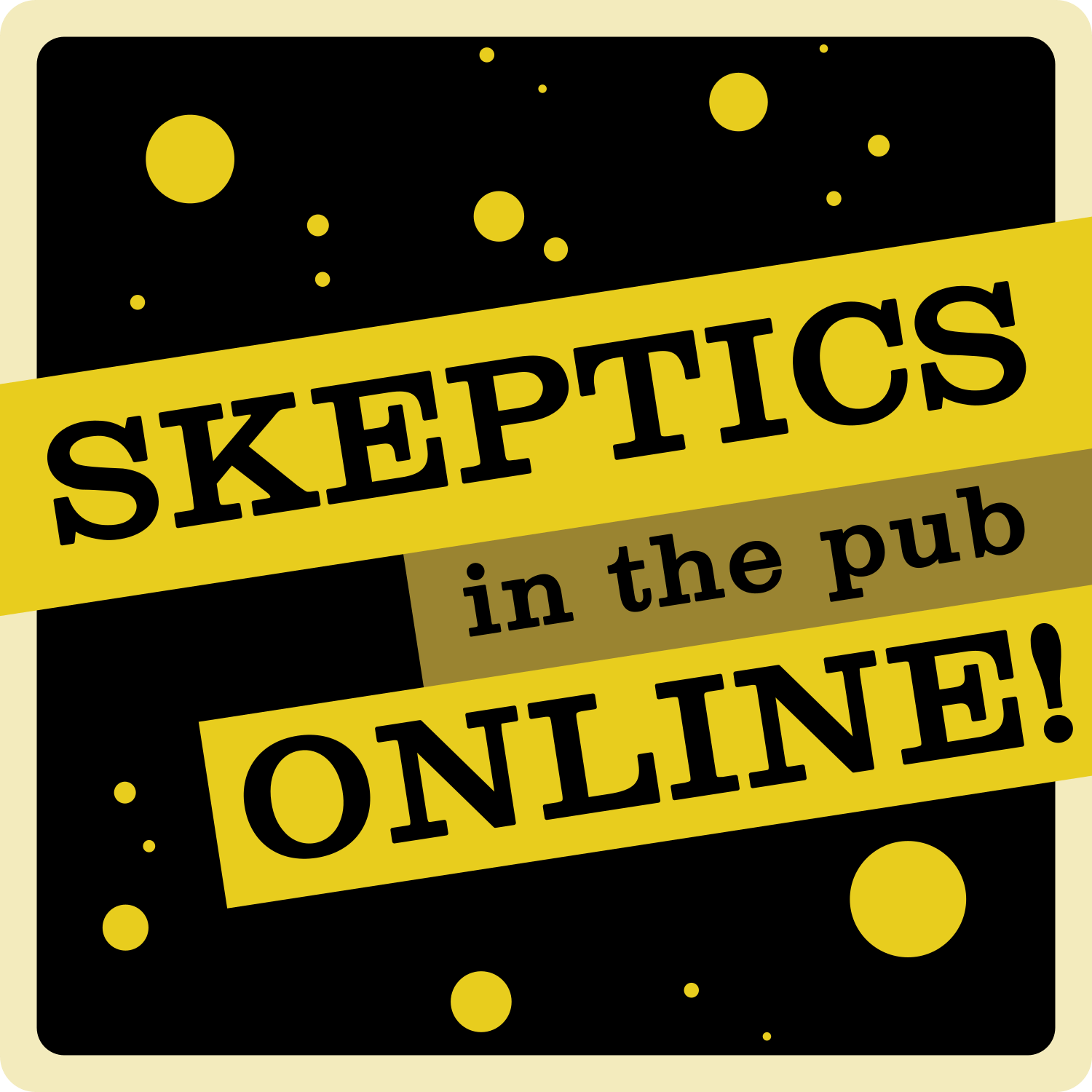This article originally appeared in The Skeptic, Volume 6, Issue 2, from 1992.
It is high time and overtime to take a fresh, open-minded skeptical look at Arguments to Design. It has to be to not from because such arguments – which have been and remain the most widely employed and persuasive of all arguments for the existence and activities of a creator God – are supposed to be arguments from experience. Given agreement that something is in truth an artifact, then the inference to a designer or designers becomes immediate and altogether compelling. It is precisely and only in so far as there is dispute as to whether objects of some kind are indeed artifacts that there is need for argument to settle the question: and in particular, for argument from experience.
In an article in The Skeptic 5.5, Donald Rooum quoted the classic statement from William Paley’s Natural Theology; a treatise which Charles Darwin like all undergraduates at Cambridge in his day, was required to study:
Suppose I had found a watch upon the ground, and it should be inquired how the watch happened to be in that place, I should hardly answer that for anything I knew, the watch might always have been there. The watch must have had a maker, who comprehended its construction and designed its use. Every indication of contrivance, every manifestation of design which existed in the watch, exists in nature, with the difference on the side of nature of being greater or more, and that in a degree which exceeds all computation.
If I spotted a watch under the heather in Wester Ross, then I should certainly recognise it as an artifact; just as Robinson Crusoe, if he had found a watch lying on the beach of his island, would also have recognised that as an artifact. But we could both have recognised as artifacts also objects requiring far less skill and knowledge for their manufacture than watches. Archaeologists, for instance, are doing it all the time. For what makes an artifact an artifact is the fact that it was made: not that it is something of mindboggling complexity; but that it is something of a kind which does not grow on trees, and is not to be found in untrodden territories.
It has been wisely and relevantly said that ‘the simplest and most psychologically satisfying explanation of any observed phenomenon is that it happened that way because someone wanted it to happen that way’ (Thomas Sowell, Knowledge and Decisions). All arguments to conclusions so satisfactory ought to be suspect as possibly self-deluding exercises in wishful thinking. And even before Darwin a straightforward, supposedly empirical Argument to Design, should not have appeared well-founded. Remember that such arguments are presented as arguments of Natural Theology. They are, therefore, supposed to be addressed to Natural Reason, unenlightened by any prior Supernatural Revelation of Beings undetectable by human sense and of their allegedly all-pervasive ongoings. Yet, of all the sorts of objects known to us to be absent of any such prior Supernatural Revelation, far and away the most complicated and sophisticated are in fact not products of human industry but the producers of those products.
Some lines from Uncle Tom’s Cabin are more revealing here than perhaps the author herself recognized. For, unlike the Yankee Miss Ophelia, poor Topsy had never been theologically indoctrinated by either parent or teacher. Yet she had had abundant opportunity to learn from rural observation what, in my young day, urban fathers used to reveal to schoolbound sons as ‘the facts of life’. So it is Topsy who answers for unprejudiced common sense and common experience:
‘Do you know who made you?’ ‘Nobody, as I knows on,’ said the child with a short laugh. The idea appeared to amuse her considerably; for her eyes twinkled and she added ‘I s’pectl grow’d. Don’t think nobody never made me’
Harriet Beecher Stowe, Uncle Tom’s Cabin (New York: Books Inc., undated). p. 206.
Paley’s Argument to Design appears to proceed, as if this was a movement warranted by our experience of Nature: from the observation that organisms and in particular human beings, which so far as we know are the most complex sort of objects in the Universe, appear not to have been made but to have developed naturally: to the conclusion that these objects, and indeed all other sorts of objects also, must nevertheless have been made – must have been, that is to say, created Supernaturally.
A less popular, more technical, but equally unsound variation upon the same theme was developed centuries earlier by Aquinas. For the fifth of his supposed Five ways of proving the existence of God takes off from:
the guideness of nature. An orderedness of actions to an end if observed in all bodies obeying natural law, even when they lack awareness… Nothing however that lacks awareness tends to a goal, except under the direction of someone with awareness and with understanding; the arrow, for example, requires an archer. Everything in nature, therefore, is directed to its goal by someone with understanding, and this we call ‘God’
St. Thomas Aquinas, Summa Theologica, Part 1, Question 2.
I shudder to imagine Topsy’s reaction had anyone drawn her attention to this argument. For Aquinas is confidently offering all those apparently teleological phenomena which to all appearance proceed without ‘the direction of someone with awareness and with understanding’ as premises from which to derive the contradictory conclusion that ‘Everything in nature… is directed to its goal by someone with understanding’. He too is taking as premises for his Argument to (Supernatural) Design what ought instead to be seen – absent Revelation to the contrary – as conclusions about what actually occurs, and hence what is naturally possible, without Supernatural contrivance.
Aquinas, like Aristotle, maintained that ‘All orderedness of actions to an end is observed in all bodies obeying natural laws, even when they lack awareness.’ This form of orderedness towards an end, which we call teleological, is something which scientists today discern primarily if not exclusively in the development of living things. So it would be prudent to point, less comprehensively, and hence less controversially to the familiar teleological phenomena studied by biology; to make it not ‘all bodies’, without exception, but only all living things. Aquinas, however, proceeds from his own unqualified major premise to his minor:
Nothing that lacks awareness tends to a goal, except under the direction of someone with awareness, and with understanding; the arrow, for example, requires an archer.
Certainly an arrow requires an archer if it is to be shot. But what about all the other teleological phenomena which can be observed in the progress of organisms through their life cycles? At any rate to all appearances, as Topsy would have insisted, living things just grow. Certainly there are in these cases no observable archer-substitutes.
So to conclude from the two premises presented by Aquinas that ‘Everything in nature… is directed to its goal by someone with understanding, and this we call God’ is to conclude, on the basis of evidence largely, if not exclusively contrary, that always and absolutely everywhere, even where there seems to be no human or other natural direction, all development is nevertheless always completely subordinate to and dependent upon Supernatural control.
This argument constitutes a most gigantic begging of the question, and a begging of it in defiance of the evidence actually offered in support of the conclusion thus illicitly attained. Such a performance by the goy Aquinas requires a Yiddish-type response: ‘And that you call an argument?’.



